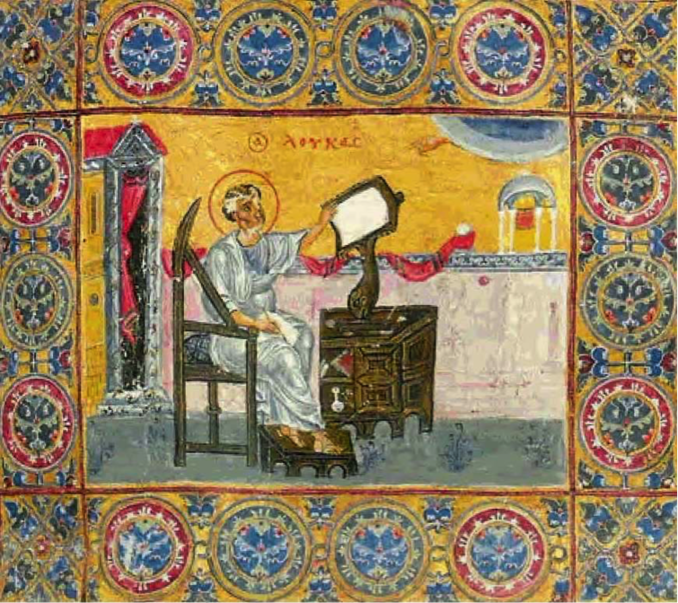09月23日
周三
Silk Road Exotica as Sacred Technology: A Byzantine Import to China and Japan - Talk and Q&A with Neil Schmidt
Wednesday, September 23, 2015 19:30 to 21:00 Courtyard Institute (No.28 Zhonglao Hutong, Dongcheng District) 北京市东城区中老胡同28号(近五四大街西口)
Price: Free - ¥50
Wednesday, September 23, 2015 19:30 to 21:00
Scan and Share

The Courtyard Institute
The Courtyard Institute
“文化,在快乐中传承”
CULTURE, INHERITED IN HAPPINESS
Detail
Views: 1,176

The Church of the East, also known as Nestorian Christianity, came to China during the early Tang Dynasty and quickly made use of Chinese language and material culture to propagate its messages. The library cave at Dunhuang provides us with Christian scriptures adapted into Chinese, the so-called "Jesus Sutras," while the famous Nestorian stele from Xi'an uses the traditional Chinese stele format to promulgate Christian doctrine both in Chinese and in Syriac. However, this religion also brought its own ritual paraphernalia to China as forms of sacred technology that were in turn adapted into Chinese Buddhism.
This talk examines how Late Antiquity and Byzantine iconography illuminate mural paintings in Dunhuang caves that in turn provide indications how and why certain Christian paraphernalia became assimilated into Chinese Buddhism welcome by the cosmopolitan Tang as exotic new imports. We will also investigate in detail the last surviving example of such sacred exotica, a gift from Empress Kōmyō in 756 to Tōdai Temple in Nara in the Shōsō-in collection.
About the Speaker:
Neil Schmid is a specialist in Chinese Buddhism and Dunhuang Studies. After completing an M.Phil at the École pratique des hautes études in Paris and his Ph.D. at the University of Pennsylvania, he taught at UNC, Duke, and Penn, publishing on Chinese Buddhism, art, and Dunhuang. Since 2011, he has served as Country Director of DKT International, Beijing. More recently, Neil was named Associate Fellow at the Centre for the Study of Religion and Culture in Asia, University of Groningen, Netherlands.
 Show Detail
Show Detail
 Hide Detail
Hide Detail
 Powered by Yoopay
Powered by Yoopay
www.yoopay.cn
400.0697.118